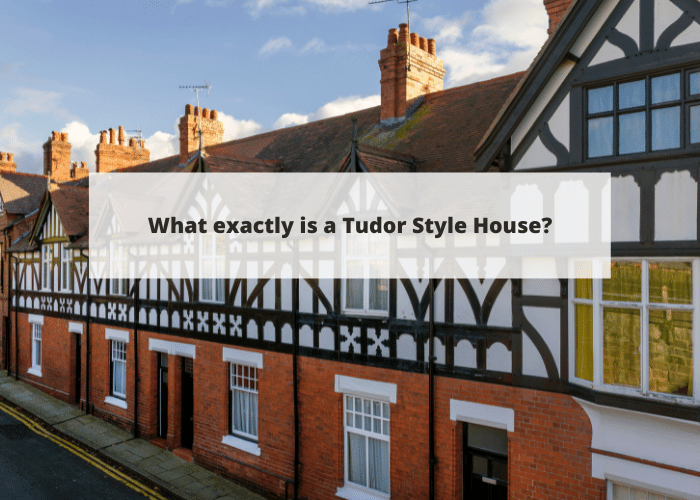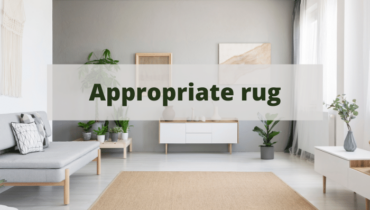What exactly is a Tudor Style House?
Tudor-style homes are easily identified and have been around for what seems like an eternity. They have been an iconic home style in North America since the 19th century, charming, intricate, and classic.
These mansions have many attractive aspects that characterize them, and they have a long and rich history. Let’s look at how to detect one and what makes them so unique.
The Tudor Style House’s History
Tudor houses got their name because they were popular in Europe during Henry Tudor VIII’s reign. They incorporate a lot of Medieval and Renaissance motifs and approaches to reflect the time period in which they were created. Architects who moved from Europe to the Americas in the late 1800s carried the style with them. The design rose in prominence and peaked in the 1920s and 1930s, when it was a popular home style for well-to-do families. During these years, the houses were even dubbed “Stockbroker’s Tudors.” Around World War II, it began to lose favor as colonial-style homes took their place. These houses, however, can still be found in Europe and America today.
Tudor Architecture Elements
There are a few distinctive characteristics shared by all Tudor-style houses. This style of home has steeply pitched gable roofs, stonework, and leaded glass windows that pay homage to medieval architecture. A Tudor-style home must be built with high-quality materials and craftsmanship to be considered one.
These mansions’ architecture features a lot of decoration and beautiful brickwork. Gables are overlapping to add visual interest and texture. Windows are gathered together and are frequently shaped differently than the usual rectangular shape, such as partially rounded or diamond shaped. The so-called Tudor chimney is another feature found in many of these dwellings. These are brick chimneys with a stone or metal extension at the top.
The Tudor-style House’s Interiors
These houses are substantial, and the stonework and brick take up a lot of space, which is reflected on the inside. The thick walls and leaded windows frequently result in a lack of natural light. This means that the interiors of the residence must balance the exterior’s weight. Make certain that the materials used in your interior design do not clash with the old stone and brick. For example, instead of using wood textures, choose to paint over them. Interior decor items made of opulent, classic materials such as bronze and tapestries are appropriate.







